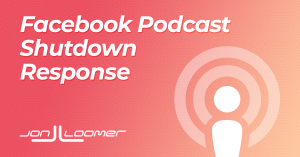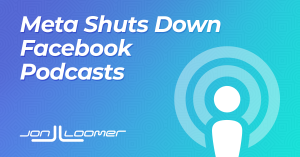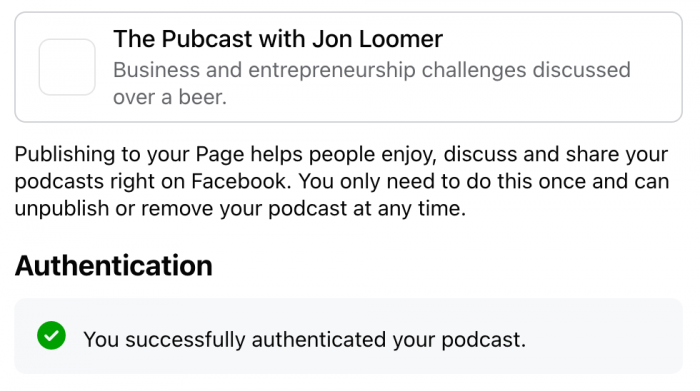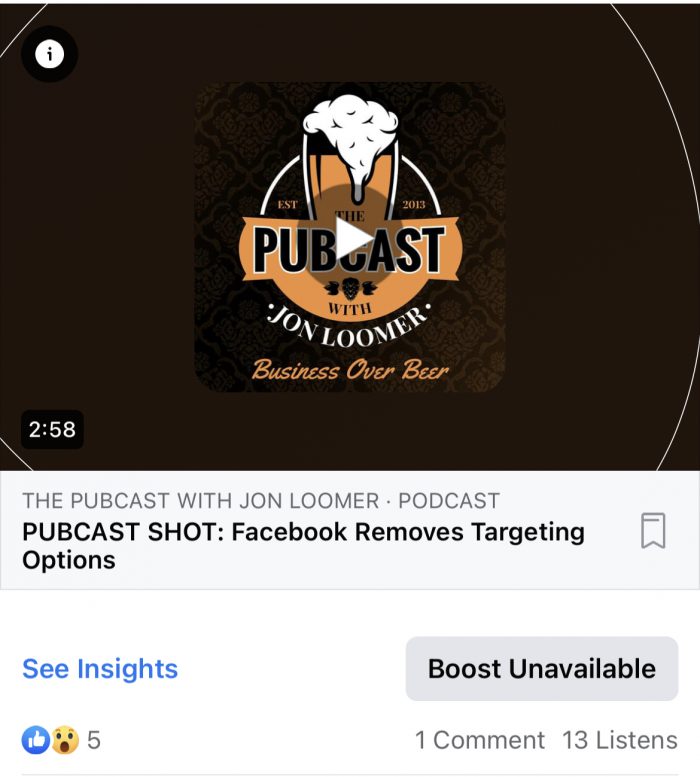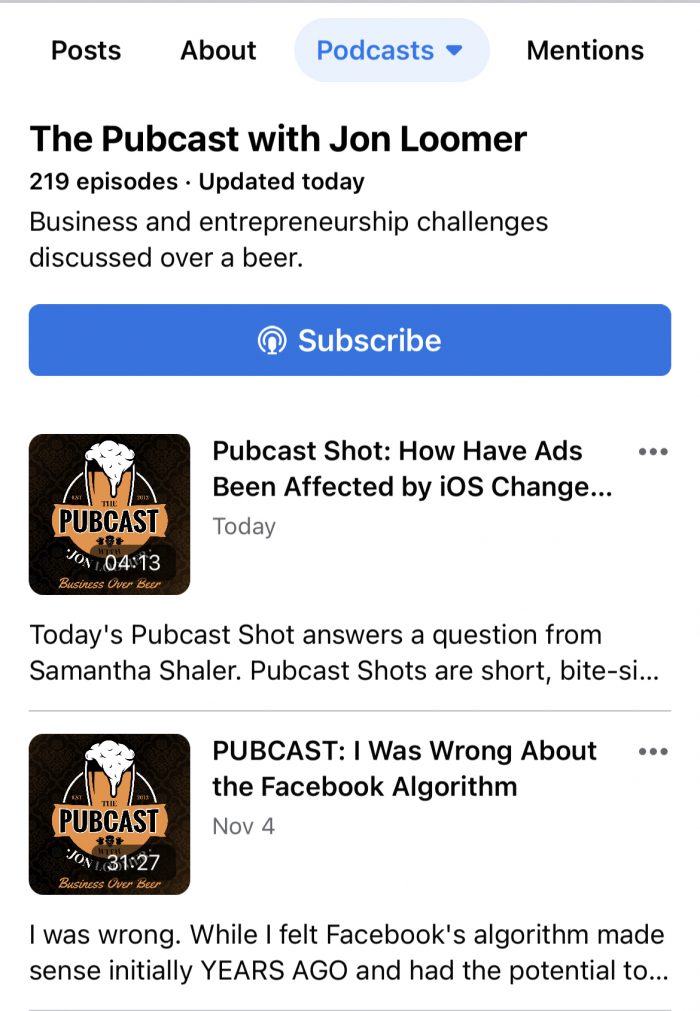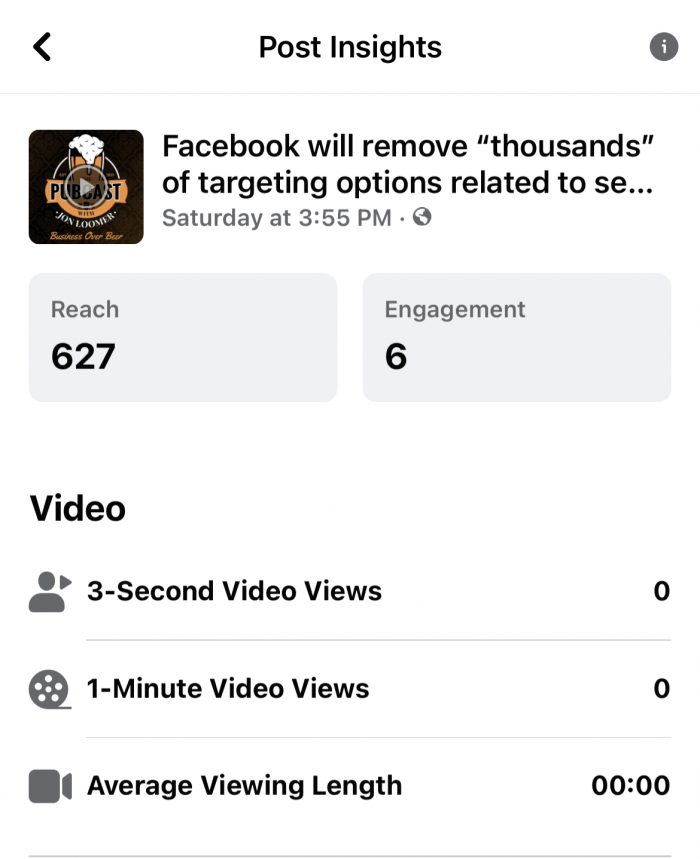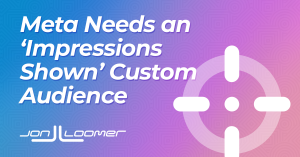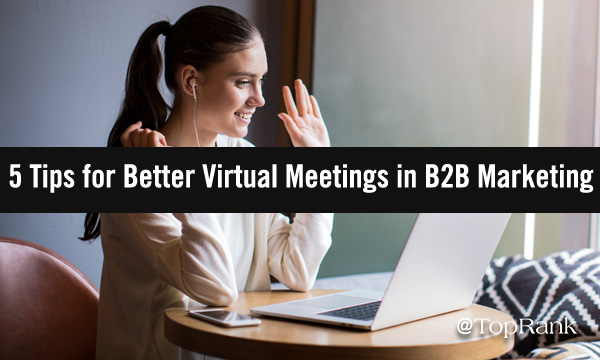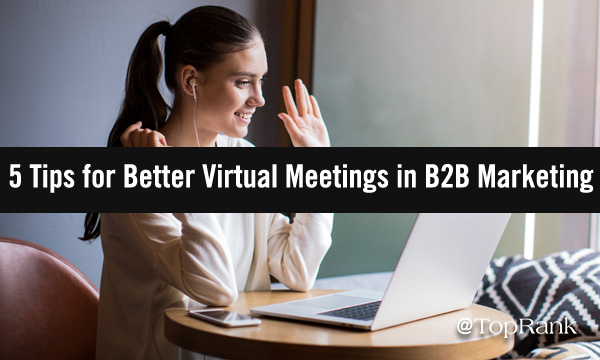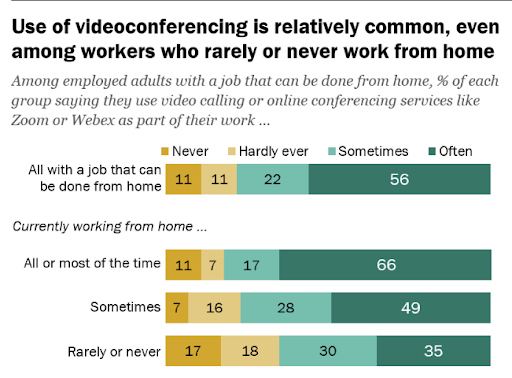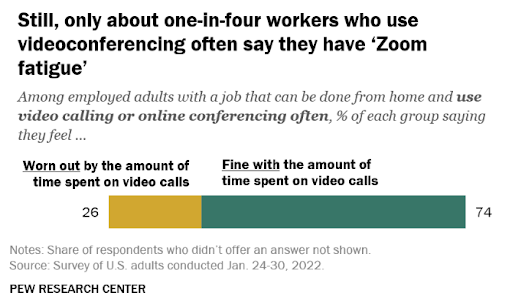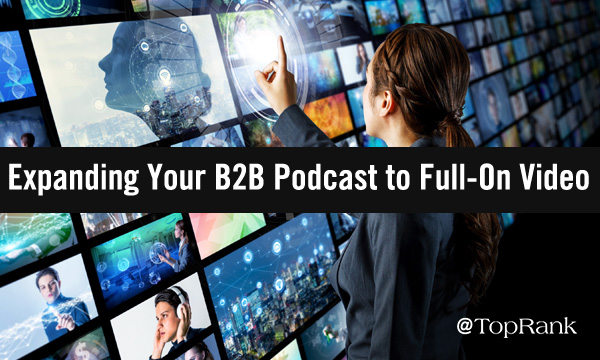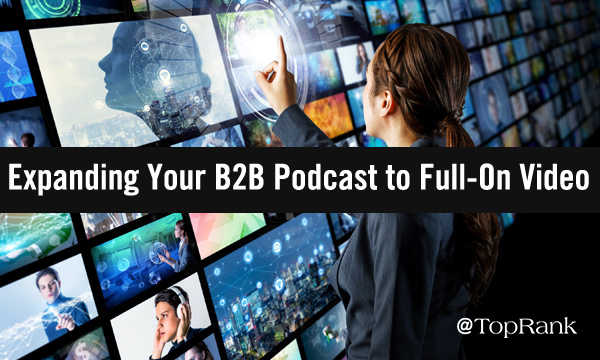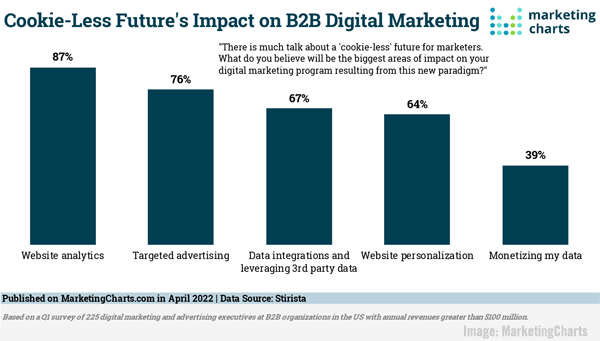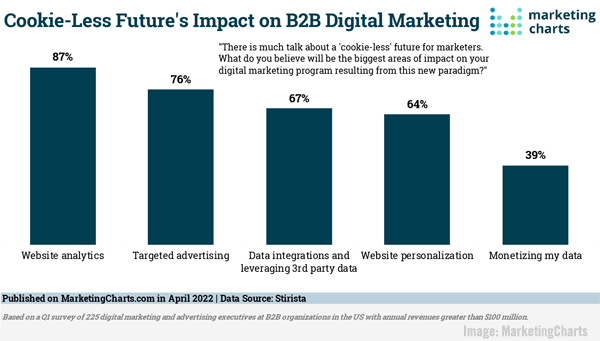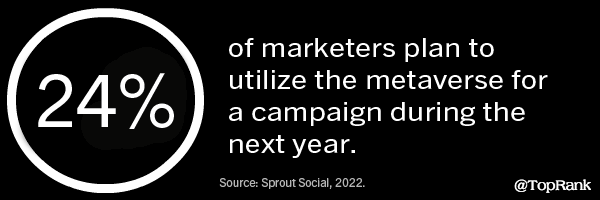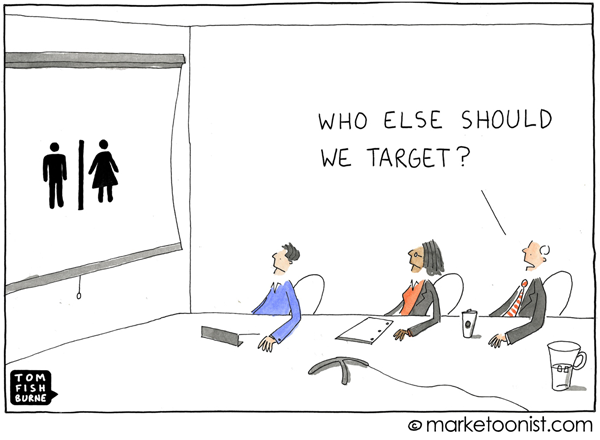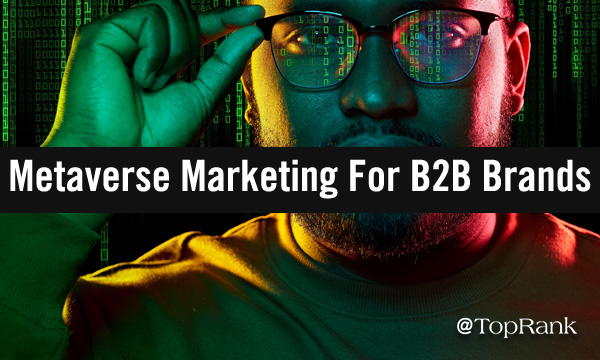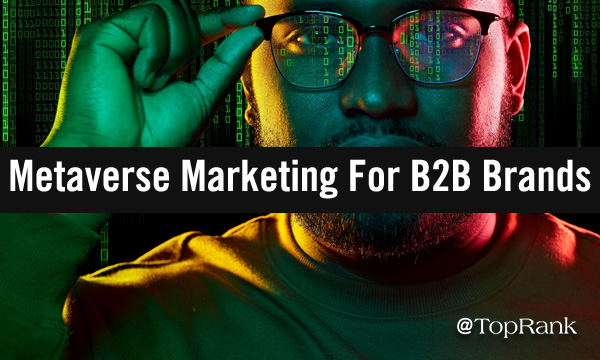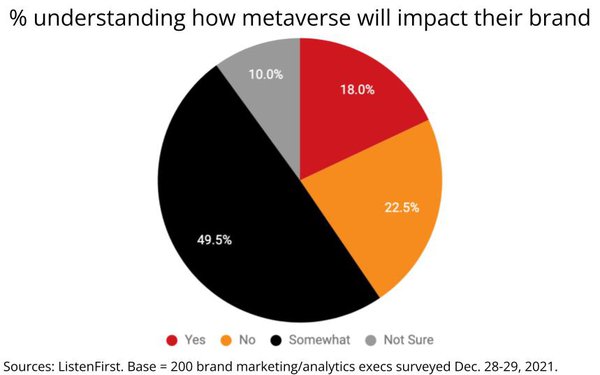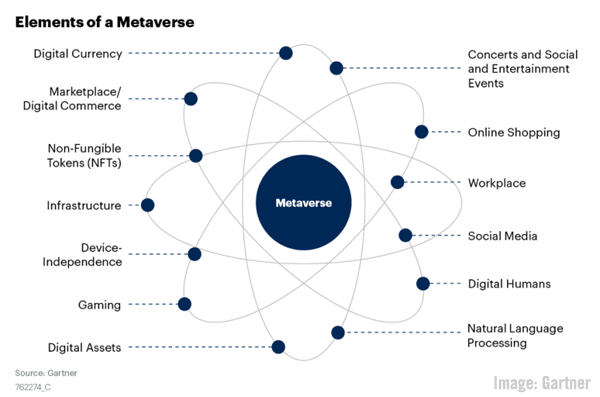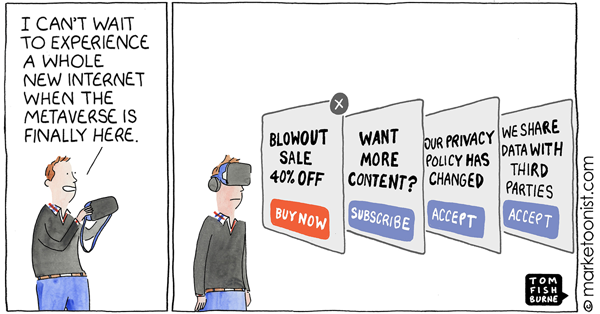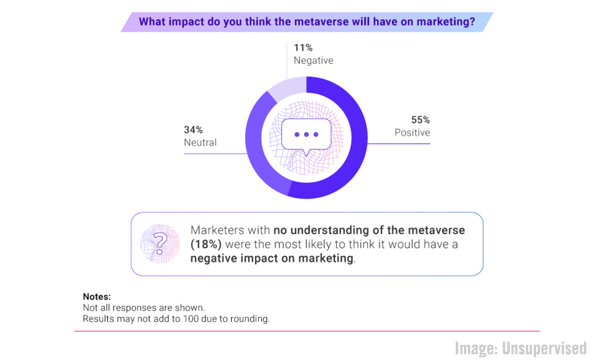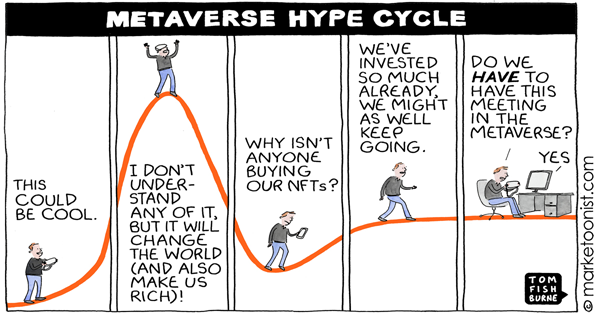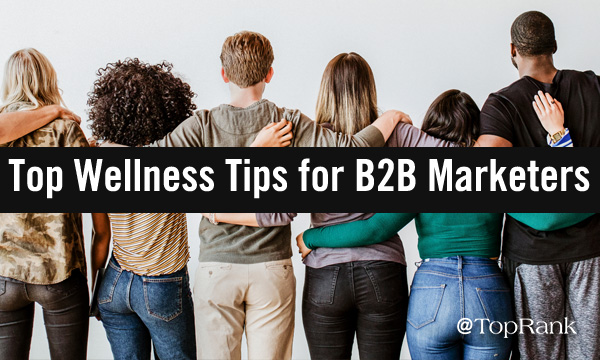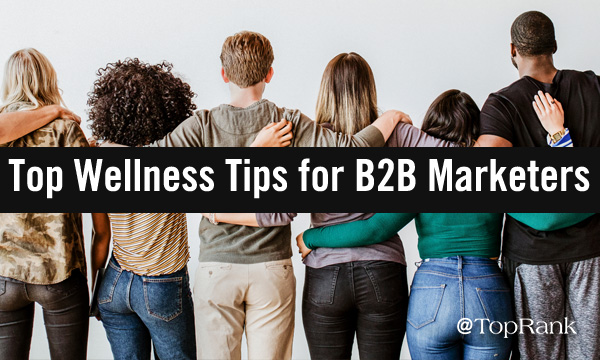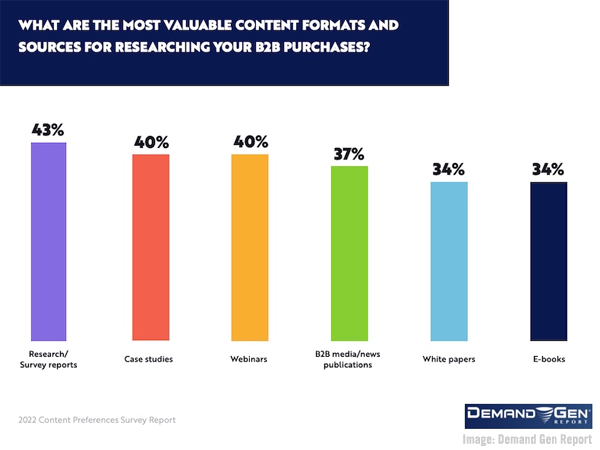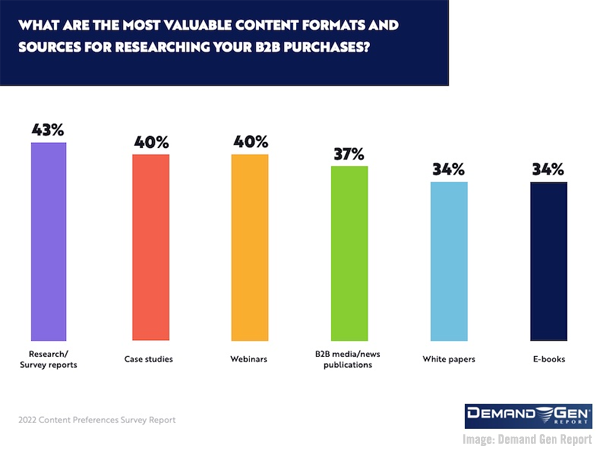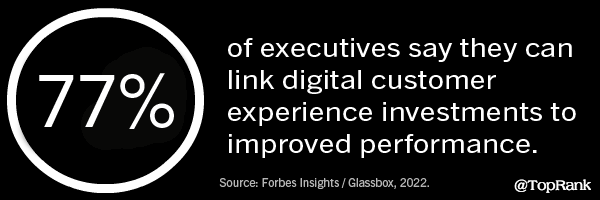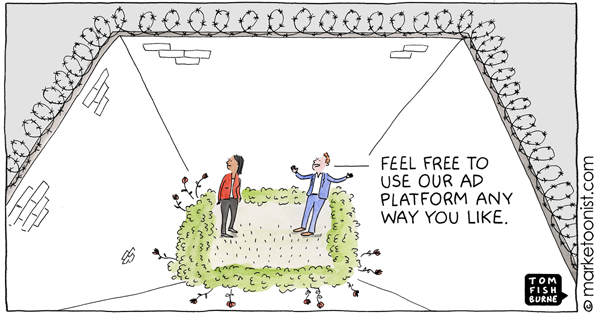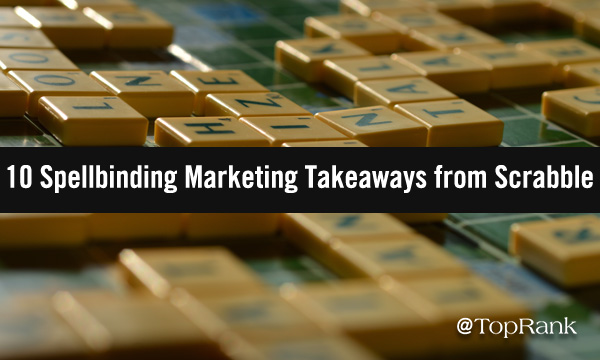
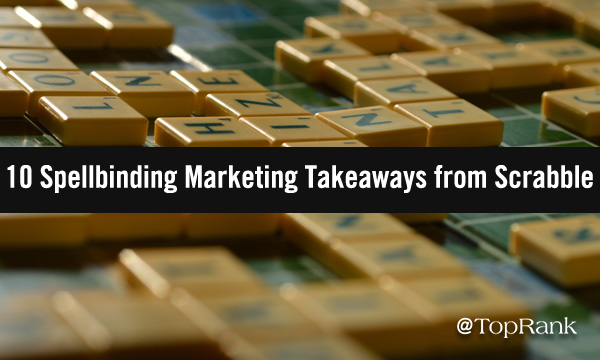
What strategic lessons can today’s B2B marketers gain from taking a new look at the original classic word game Scrabble?
With word games more popular than ever thanks to the runaway success of Wordle and its offshoots, it’s the perfect time to reach into the bag of letters and uncover some of the important marketing insights we can learn from the venerable game of Scrabble.
Let’s hop right in and start exploring 10 marketing takeaways that we can learn from Scrabble and begin applying to our own efforts.
1 — Prioritize Your Marketing Bonus Squares
The top B2B marketers and Scrabble aficionados are both keenly aware of the sweet spots — those force multipliers that can take a standard effort and double or triple its cumulative effectiveness.
In Scrabble, strategic placement of key letters on double or triple letter bonus squares is a major part of a winning effort, along with the even more powerful double and triple word squares, which multiply the scoring of every letter in whatever word is played.
B2B marketing also has its own bonus squares, in the form of working with influencers and subject matter experts, who are able to multiply the impact and reach of great content. Our CEO Lee Odden recently shared insight into getting started in B2B influencer marketing, with “How the Most Successful B2B Marketers Work with Influencer Marketing Agencies.”
Through targeted distribution to their dedicated social media following, B2B influencers can expose new content to relevant fans who are truly interested in the topics the influencer specializes in.
The pinnacle of Scrabble comes in the form of rare double-doubles and triple-triples, achieved when a long word is played that manages to cover either two double or triple word bonus squares. When this happens, a player’s word value is doubled and then doubled again, or tripled twice in the case of the elusive triple-triple.
In B2B marketing, such rare content exposure and engagement multipliers come when working with influencers leads to an effort that snowballs into global recognition and genuine content stardom — more frequent in B2C efforts, yet still achievable for B2B marketers.
2 — Maximize Exposure By Building In Multiple Directions
Journeyman Scrabble players tend to add their words to the board building in just one direction, or perhaps two on a good day. Top players, on the other hand, regularly build in three, four, or even more directions during a single play — cramming in letters that form not only their primary word, but which create often-obscure shorter words in multiple other directions. It’s not an easy task, however with each extra word formed, more points are accumulated during every turn.
In B2B marketing, cross-platform content sharing allows top marketers to build in multiple directions, and gain the advantages of increased exposure and engagement.
3 — Expand Brand Possibilities By Boosting Your Vocabulary
When I was heavily into Scrabble for a few years back in the 1980s, I studied the official Scrabble Players Dictionary and read all of the Scrabble-related books I could find, and spent hours memorizing lists of all the acceptable two and three letter words, everything playable with an “X,” “Q,” “Z,” or “J,” and also spend endless time trying to memorize as much of the dictionary as possible.
In B2B marketing, ongoing education is similarly important to rack up top scoring brand efforts that can achieve award-winning success. One way to keep your professional learning up-to-date it by attending marketing industry events, such as those we outlined recently in “Conference Collection: Top B2B Marketing Events To Learn From In 2022.” Keeping up with new marketing books is another good way, such as those we covered in “Read It & Reap: 11 Top New Marketing Books To Savor On #NationalBookLoversDay.”
Additionally, online courses are a great way to hone existing skills and pick up new ones, as we’ve covered in such pieces as “Supercharge Your B2B Marketing With High-Octane Online Courses,” and “5 Free Online Courses to Sharpen Your B2B Marketing Skills.”
4 — Grow Consistency With The Secret Seven-Letter Word
In Scrabble, playing all seven of your letters at once is called a bingo, and results in a hefty extra 50 points being tacked onto the top of whatever your word receives on the board. Many top Scrabble players specialize in centering their game around playing bingos — a strategy that can lead to feast or famine turns in the game, as players sometimes skip their turn or simply turn in a few letters in order to have the best shot at playing a bingo on their subsequent turn.
If a player gets lucky letter draws throughout a game, they can sometimes put down four or more bingos in a game, each with its own 50 point bonus. I tend to play primarily for bingos, and have always arranged my tile rack to have as many of the letters of the word “SATIRE” as possible. It’s the word from which the most seven-letter words can be built — a not-so-secret base word that can help your Scrabble game immensely.
In B2B marketing, it’s an always-on strategy that offers a similar advantage, especially in today’s digital-first marketing landscape where potential customers are always seeking answers to their top questions. You can learn more about the advantages of an always-on marketing strategy, and how to implement one, from the following helpful articles we’ve published on the increasingly-important topic:
- Inside Influence 2: Garnor Morantes from LinkedIn on the Power of Always-On Influence
- How to Elevate B2B Marketing with Always-On Influence
- How To Move From A Pilot B2B Influencer Marketing Program to Always-On Success
- Always On Influence: Costs Less and Better ROI – Here’s Why
5 — Break Out Of The Usual By Inventing Creative New Rules
My friends Jay and Mary long ago set aside Scrabble’s official rules and made up their own set that makes the game more rewarding for them. They don’t play on a board — any table or flat surface will do — and they don’t keep score. Their changes shift the game’s focus to the pure satisfaction of forming and connecting words, without the constraints of fitting onto a rigidly-defined board, and forgoes any worry about point values or competition between players.
In B2B marketing, sometimes the best efforts come from marketers who also set aside some of the existing rules and come up with something truly innovative.
Creativity and innovation are the name of the game in top B2B marketing efforts, whether it’s in the form of visual design as we explored in “Visual Focus: The Digital Designs Propelling B2B Brand Success In 2022,” diversity, equity, and inclusion — as we looked at in “Why Diversity, Equity & Inclusion Matter More than Ever for B2B Marketing,” or through making innovative marketing technology changes, as we dug into with “Break Free B2B Marketing: Tamara McCleary of Thulium on Visions of the Future and Doing No Harm.”
6 — Get Long-Lasting Marketing Results By Going Short
In Scrabble top players often get big points with short words, especially when a high-value letter is played on a triple-word score in two directions, which triples the letter in each direction.
The nine-point “X” used to be the top example of this effect, however this changed in 2006, when the controversial word “qi” — which is a form of energy in some Eastern systems of medical treatment — was among over 3,000 new words added to the official Scrabble Players Dictionary.
Since then, it’s been theoretically possible to play the two-letter “qi” in two directions on a triple-word score and rack up 60 points from the 10-point “Q” alone.
In B2B marketing, learning where not to focus your energy can be an important discovery, along with the subtle power of brevity.
In today’s short attention span digital-first world, a finely-tuned short message more often than not significantly outperforms a comprehensive missive or manifesto, especially when it comes to content shared on social media platforms. I wrote more about this phenomenon in “You Have 8 Seconds – GO! Brand Messaging Secrets With Debra Jasper.”
[bctt tweet=”“In B2B marketing, learning where not to focus your energy can be an important discovery, along with the subtle power of brevity.” — Lane R. Ellis @lanerellis” username=”toprank”]
7 — Know When To Skip A Turn & Jettison Poor Performers
Knowing when it’s wise to skip a turn in Scrabble is another tactic top players learn. Sometimes you’ll have a seven-letter word on your rack with no spot on the board to play it, and skipping your turn allows your opponent to play a word that may provide the opening you need to play it.
Other times you’ll want to skip a turn to exchange a few bad letters, such as when you have only or mostly vowels, or if you’ve got a “Q” when every “U” has been played and it’s nearing the end of a game.
Disposing of poor performers certainly comes at a cost, however in the long run it can sometimes pay off.
The same is the case in B2B marketing, where cutting your losses on a poorly performing content initiative and moving on can ultimately be the wisest decision.
8 — Embrace The Ever-Changing Marketing Tactic Dictionary
via GIPHY
As we saw with the addition of “qi” to the Scrabble Players Dictionary in 2006, and as digital marketers observe almost daily with so much new terminology and online slang being used, our language is an ever-evolving and living thing.
I grew up using the original 1978 version of the Official Scrabble Players Dictionary, and although it’s my personal favorite, the many thousands of new words that have entered the Scrabble lexicon up through 2018’s sixth edition have undoubtedly brought new opportunities that keep the game alive in new ways, and for new and future audiences.
In B2B marketing, digital tactics change every bit as quickly as new words are formed, and savvy marketers embrace these changes. We often look at new B2B marketing tactical shifts here on the TopRank Marketing blog, such as in these recent examples:
- Virtual Vision: 5 New LinkedIn Features & How B2B Marketers Can Use Them To Succeed
- Traffic’s Black Hole: What B2B Marketers Need To Know About Dark Social
- New Google Search Updates & How B2B Marketers Can Use Them To Elevate Efforts
- How B2B Brands Can Boost Confidence in Livestream Video, Podcast and Clubhouse Marketing
9 — Take It To The Tournament & Marketing Awards Level
At the highest level of Scrabble are players who regularly compete in tournaments around the world, pushing their own boundaries to the limit.
In marketing, the best professionals often produce content so successful that it wins awards, whether in the form of B2B industry trade events or even all the way to an Academy Award.
Earning an Academy Award for a campaign is a rarity. But that’s just what Jonathan Retseck, founder of New York-based, sports-focused firm RXR Sports, accomplished with the wildly popular “Free Solo” film for National Geographic Documentary Film’s. The film, about rock climber Alex Honnold’s ropeless ascent of El Capitan, won the Oscar for Best Documentary in 2019.
While the film isn’t a B2B marketing campaign, the elements Retseck and his team brought to “Free Solo” feature components that could bring some much-needed drama and adventure to B2B advertising endeavors.
[bctt tweet=”“My comfort zone is like a little bubble around me, and I’ve pushed it in different directions and made it bigger and bigger until these objectives that seemed totally crazy eventually fall within the realm of the possible.” @AlexHonnold” username=”toprank”]
10 — Be A Good Sport In B2B Marketing & Life
As with any endeavor, learning to be a good sport and to make the most out of whatever draw of letters you may pull from the bag is a valuable life lesson.
When your Scrabble rack is filled with an unfortunate assemblage of letters such as “O, O, O, A, A, U, U,” being able to focus on what you can do and now on what you have no control over goes a long way, as does being able to laugh at the humor of the situation.
The same is also true in B2B marketing, where making the most of the elements you’ve got to work with is a hallmark of the most successful marketers. We’ve looked at how to keep the bigger picture in mind, and how to find better work-life balance — especially during the past few challenging years — in articles we’ve published such as:
- Two Years In: How B2B Marketers Are Optimizing & Elevating Remote Work Experiences
- Elevate B2B: 10+ Mentoring & Volunteering Opportunities For B2B Marketers
- Equilibrium: 10 Tips to Balance Creativity and Process in B2B Content Marketing
- Why Empathy Matters More than Ever in B2B Content Marketing (And How to Get It Right)
Triumph By Solving Your B2B Marketing Puzzles
By prioritizing force multipliers, building out in multiple directions, boosting vocabulary skills, knowing when to skip a turn, embracing new tactics, and taking it all to the next level, smart B2B marketers can elevate their content creation efforts.
We hope that you’ve found at least a few helpful B2B marketing insights from the venerable 1948 game Scrabble that can be applied to your own marketing efforts.
In today’s digital-first landscape, creating triple-word-score B2B marketing requires considerable time and effort, which is why more firms than ever are choosing to work with a top digital marketing agency such as TopRank Marketing. Contact us to learn how we can help, as we’ve done for over 20 years for businesses ranging from LinkedIn, Dell and 3M to Adobe, Oracle, monday.com and others.
The post Triple Word Score: 10 Spellbinding B2B Marketing Takeaways from Scrabble appeared first on B2B Marketing Blog – TopRank®.
